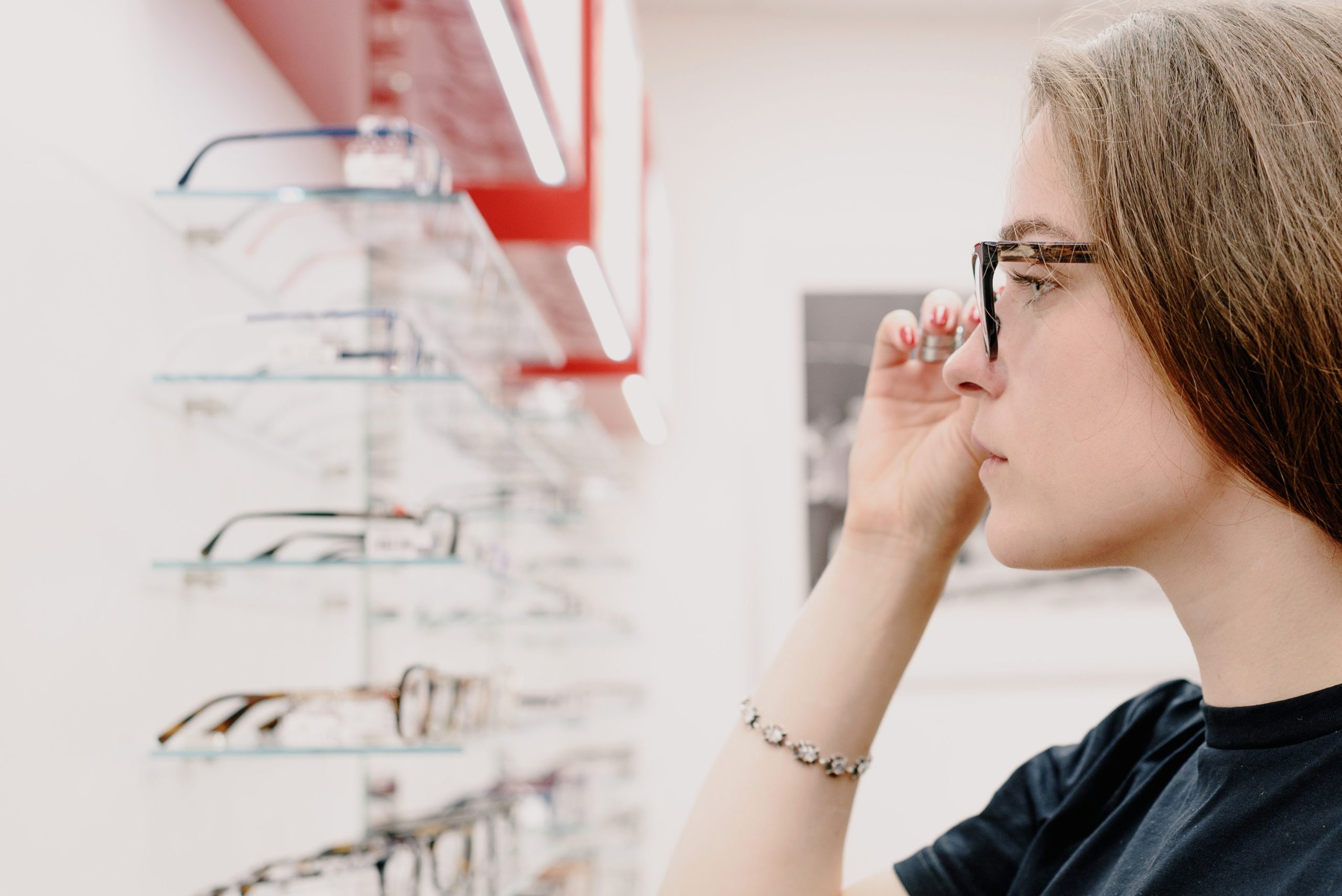By Wendy Buchanan
Patients have so many choices today of where to buy eyewear–often at a lower price than what you sell–that if you don’t have something unique to offer them, they will buy elsewhere.
Based on my experience as an optician and owner of an optical styling and sales training company, only one-in-10 people buy more than one pair of glasses. If your practice hovers at this number, you have the potential to start converting 90 percent of your patients to eyewear enthusiasts.
Imagine if you could increase your revenue per patient by successfully making the offer for 2-3 pairs of glasses. When I first started selling eyewear, I was only selling one pair at a time. I did not know how to start to talk about the second pair, and the idea of selling more than two was completely outside of my wheelhouse.
Once I got serious, created a sales process, and consistently made eyewear recommendations to match individual clothing style and wardrobe colors, my sales started to soar. Presenting eyewear as a fashion accessory helped me grow my multi-pair sales from a big ZERO to 80 percent, with most buying two, many buying four, and recently one couple bought 14 pairs of eyewear in one appointment.
I share that story to let you know that that same client bought only one pair at our first appointment. She loved the experience so much, and received so many compliments on that one pair of glasses, she booked a second appointment six months later and bought three more. I built a relationship over the years, and she became a self-proclaimed “eyewear addict.” She and her husband invested in 14 pairs at our most recent eyewear styling session.
Let’s consider the potential of four patients per week buying two pairs, and estimate your average sale to be $450. This would be an additional $1,800 per week. Would this make a difference to your bottom line? You bet it would!
Here are the three most important things you can teach your opticians to immediately boost sales.
Be Curious
When you meet someone for the first time, look for something that you like about them and tell them. This connection breaks the ice and is far more personal than, “How can I help you?” Absorb all that you see with each person, visually assess their clothing style and make a mental note.
What do you see? Is the first impression:
- Strong with personal presence wearing bright colors?
• Neat and tailored wearing a suit with matching belts and shoes?
• Eclectic with a mix of new and vintage styles?
• Relaxed with comfortable shoes?
• Elegant wearing florals or flowing clothing?
There are risks to “judging” or “assuming” based on what you see, so be curious and ask leading questions to discover their fashion preferences. I was working with one client who works in a corporate position and was wearing a well-tailored suit in a soft grey shiny fabric. I could have easily assumed she would only be interested in sophisticated and classic shapes and colors in her frame. Through conversation I discovered that she dressed conservatively for her business role, but she preferred a fun look in her accessories.
My first offer was a contemporary red plastic with an edge to complement her tailored suit. Once I knew she loved that pair, I began selecting more colorful, artistic frames for her to try. She immediately became intrigued and excited, and bought both!
Have the Color Conversation
“What colors do you love to wear in your wardrobe?” This is the first question I ask every client in every consultation. Nine out of 10 people will tell you that they wear black and grey, which may be why multi-pair sales are around 10 percent.
You must dig deeper to uncover the other colors they love to wear in their wardrobe or select five frames in black. They may buy one black frame, but will not be highly motivated to buy three in black.
Once you have initiated this conversation, follow-up with a few of these open-ended questions:
1. What color are your golf shirts, t-shirts, blouses?
2. What color are your ties, handbags, belts and scarves?
3. What colors do you dislike?
4. Are you attracted to clothing that is bright in color or prefer more of a muted color?
5. Is your favorite handbag light or dark in color?
Get Personal
The art of styling and selling eyewear is more than just knowing the fashion trends. It is the ability to match trends to the individual and back it up with expert advice that resonates on an emotional level and converts.
Most people are a combination of face shapes, and rarely fall into one specific face shape, so avoid communicating about face shapes. Face-shape rules are dated and subjective, and no one wants to be boxed into a certain group.
When you describe why a frame is working for them, specifically reference their unique facial features and communicate why the frame is attractive on their face.
Patients come to you because you are the expert, and the expectation is that you will select the best shapes in the best materials in styles that express who they are. Your patients are more willing to invest in eyewear from your optical when they feel you understand them, listen to them and present them with a curated collection unique as they are. This is like “emotional oxygen.”
Will everyone buy more than one pair? It is unlikely, but the chances go way up when you have the fashion conversation, develop and implement a sales process and make the offer to every patient.
This article was originally published by Review of Optometric Business.



